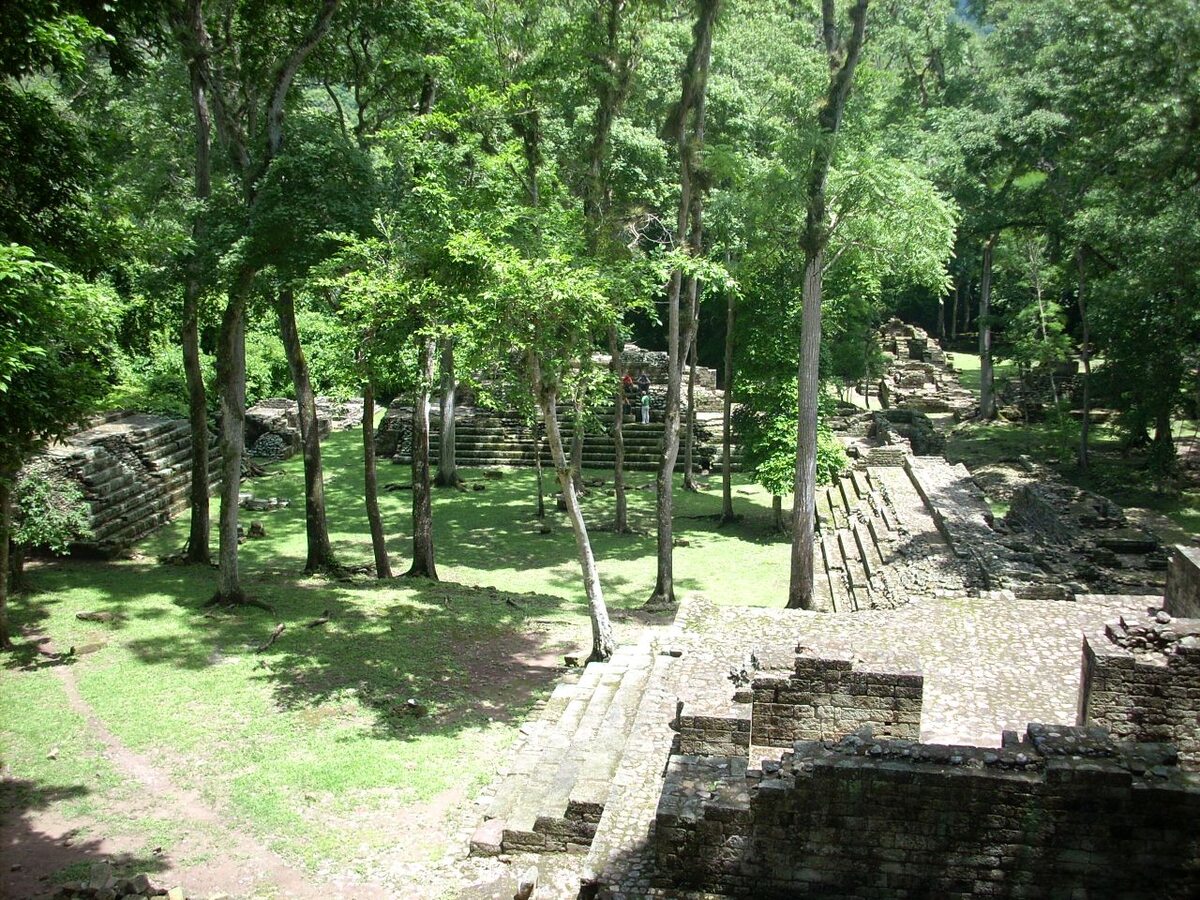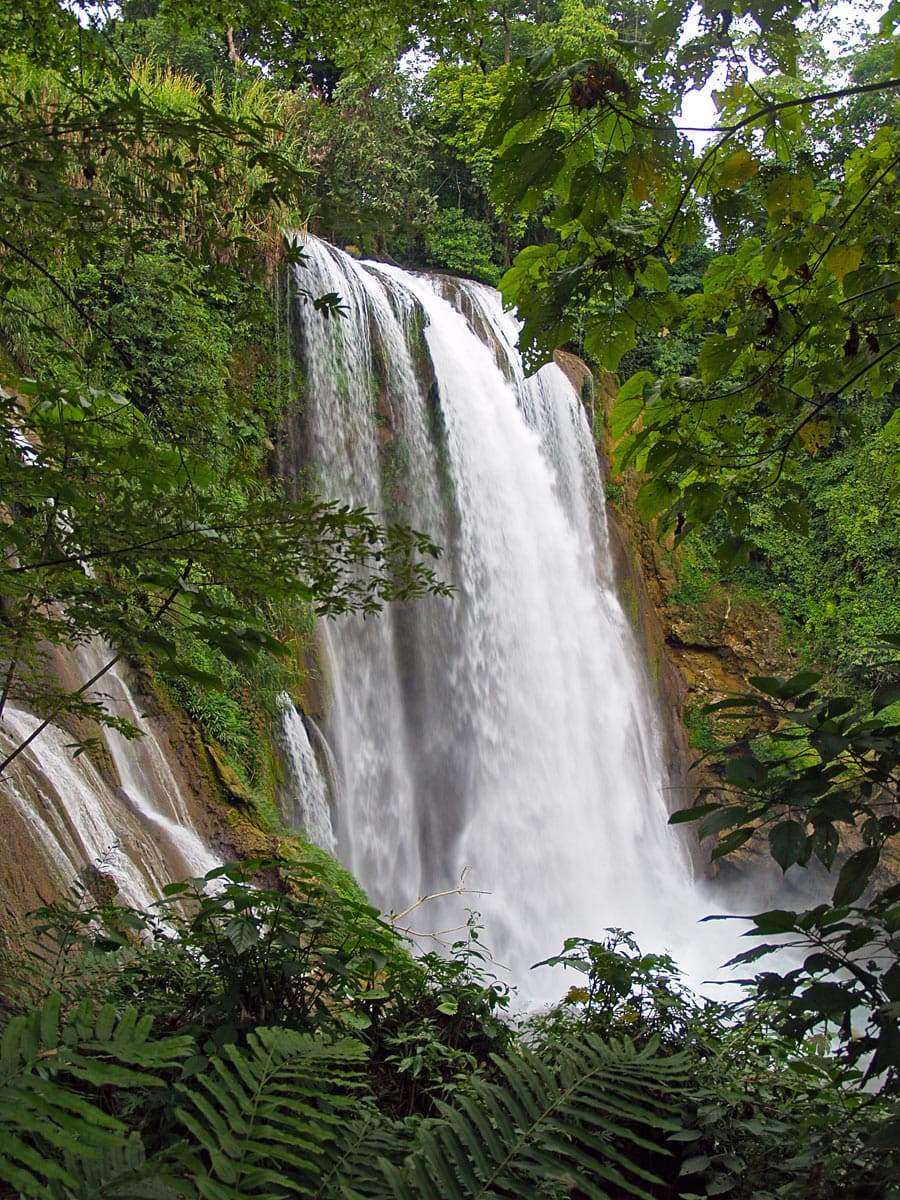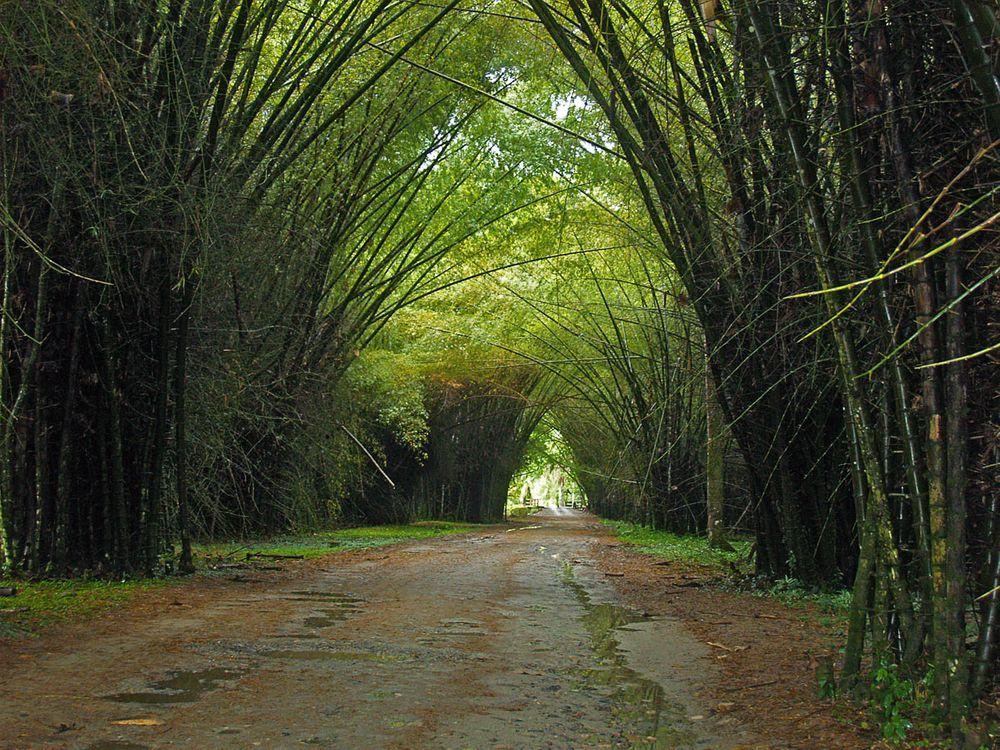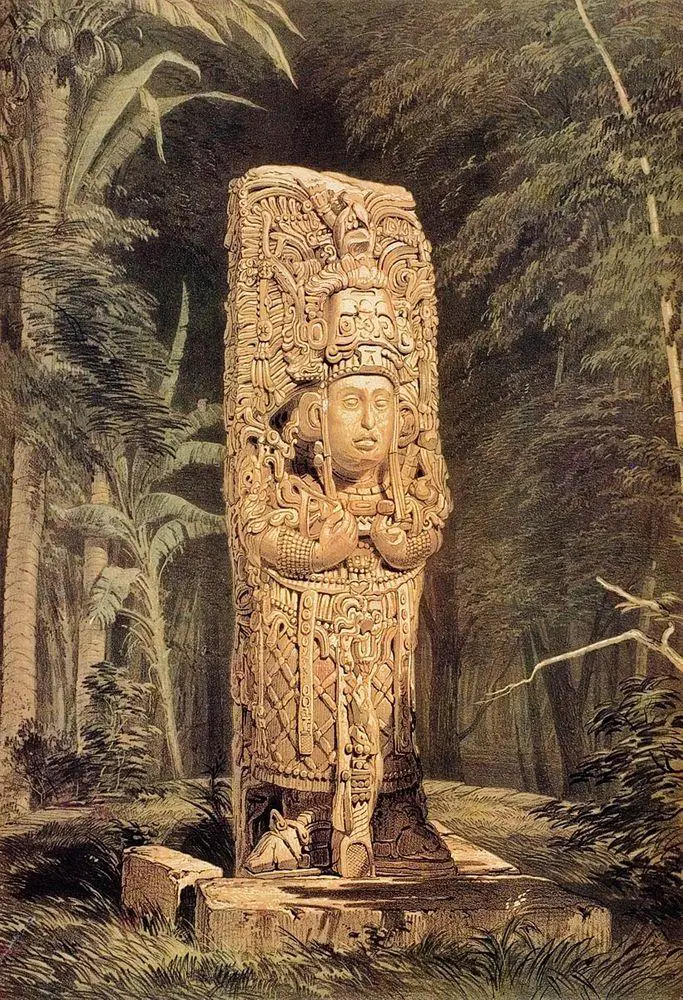Wondermondo 🢖 World 🢖 Wonders of North America 🢖 Wonders of Central America 🢖 Wonders of Honduras
Territory
Wonders of Honduras

 Highlights
Highlights
This small Central American country offers numerous beautiful natural monuments as well as some exciting archaeological monuments.
Highlights of Honduras are:
- The remnants of Copán – one of the most impressive Mayan cities. This site contains numerous unique values of art and history.
- Little explored wilderness – many regions of Honduras represent little explored, rugged wilderness with extreme biological diversity. There still is a possibility to make exciting discoveries here.
Map with the described wonders
If you see this after your page is loaded completely, leafletJS files are missing.
 Top 20 wonders of Honduras
Top 20 wonders of Honduras
Geological wonders
Taulabe Caves (Cuevas de Taulabé)
Comayagua
Group of 24 caves with beautiful cave formations. Explored length of passages exceeds 12 km. It contains ancient offerings of indigenous cultures including polychrome vessels. Stories about money that is hidden in this cave.
Tablon mine of seam opals
Lempira
Find of some of the most beautiful and expensive opals in the world with extremely bright iridescence. These stones may cost up to 5,000 USD per carat.
Pulhapanzák Falls
Cortés
43 m tall, fairly wide, and beautiful waterfall on Rio Lindo.

Yamaranguila Falls
Intibucá
120 m tall, free-falling waterfall. Considered to be the tallest in Honduras.
Las Colinas andesite opal find
Lempira
Here, on a dangerous cliffside are found beautiful, iridescent opals.
Azacualpa hot springs and natural arch (Termales de Zacapa)
Santa Bárbara
Boiling hot springs that emit vapor and are whistling like a teapot. Their water contains sulfur. Natural bridge over the springs.
Biological wonders
Yoro Fish Rain (Lluvia des Peces)
Yoro
Site of legends. Reportedly, for more than a century in May – July there is witnessed rain that leaves rather small but live fish on the ground. Local people just gather the fish – it is very tasty!
Archaeological wonders
Copán
Copán
Remnants of a Maya city that flourished in the 5th – 9th centuries AD when Copán was a capital city. The city was located on the southeastern border of the Maya realm, surrounded by non-Maya peoples. It covered an area of more than 250 km² and had a population of more than 20,000 people. Steles of high artistic quality, as well as the Rosalila temple and numerous other structures and artwork.
Talgua Caves (The Cave of the Glowing Skulls)
Olancho
An important burial cave. Burials were made by a culture that developed on the border of the early Maya realm around 1000 – 900 BC. Since then burials often have been covered with glittering crystals of calcite. Found 23 burials and more than 20 ceramic vessels. Near the caves have been found traces of a large settlement.
Cueva del Gigante
Olancho
This cave served as a habitat for humans living here 11,500 years ago. In sediments found domesticated corn and stone tools.
Yarumela
Comayagua
Remnants of an ancient city that was developed by indigenous culture. These people built monumental buildings already before the 4th century BC and possibly had contact with Olmec culture in Mexico. Structures include two up to 20 m tall earthen step pyramids that earlier could have been higher and layered with stone.
Los Sapos
Copán
Maya site, part of Copán ensemble. It is possible that royal women conducted fertility ceremonies here. Numerous roughly shaped stones.
La Cueva de las Pinturas
Lempira
This cave contains ancient polychrome drawings and numerous shards of pottery. Shards are dated from 100 BC. The cave contains built structures that seem to limit access to some parts of the cave.
El Puente
Copán
This Mayan city was under the control of nearby Copán in the 6th – 9th centuries AD. The site contains 210 structures, including a 12 m tall pyramid. El Puente continued to exist after the fall of Copán until around 950 AD.
Cerro Palenque
Cortés
Remnants of a city that developed in 500 AD and flourished in 850 – 1100 AD. There have been found remnants of more than 500 structures. It is not known which culture developed this city.
Architecture wonders
Santa Rosa de Copán
Copán
A city with a beautiful historical center that developed since the early 18th century. Contains valuable Neoclassical and Eclectic style buildings lined along cobblestone streets.
Lancetilla Botanical Garden
Atlántida
International botanical research center and species rich botanical garden – a unique collection of the plants of Honduras, one of the largest tropical botanical gardens in the world. Area – 1,680 ha.

Gracias colonial town
Lempira
This attractive town was founded in 1536. Three beautiful colonial churches in the center and numerous other historical buildings.
Yuscarán
El Paraíso
A once important mining town that was developed in the 18th – 19th centuries. The historical center with more than 200 historical buildings has been well conserved.
Comayagua Cathedral (Catedral de la Inmaculada Concepción)
Comayagua
Beautiful Baroque cathedral constructed in 1711.
 Recommended books
Recommended books
100 Landmarks of the World
Landmarks serve as markers of geography and cultural identity, telling stories about the places they inhabit. This vibrant book breaks down 100 of the most famous – and most fascinating – landmarks in the world. A must-have for both the world traveler and the armchair explorer, 100 Landmarks of the World includes natural features such as Mount Fuji and the White Cliffs of Dover, as well as remarkable man-made creations like the Eiffel Tower and The Great Wall of China. Full of historical facts and awe-inspiring photos, this book makes a wonderful addition to any reference or travel collection.
Atlas of Improbable Places: A Journey to the World’s Most Unusual Corners
Inspiring urban explorers and armchair travelers alike to consider a new way of understanding the world we live in, this unique atlas shows you the modern world from surprising new vantage points.



